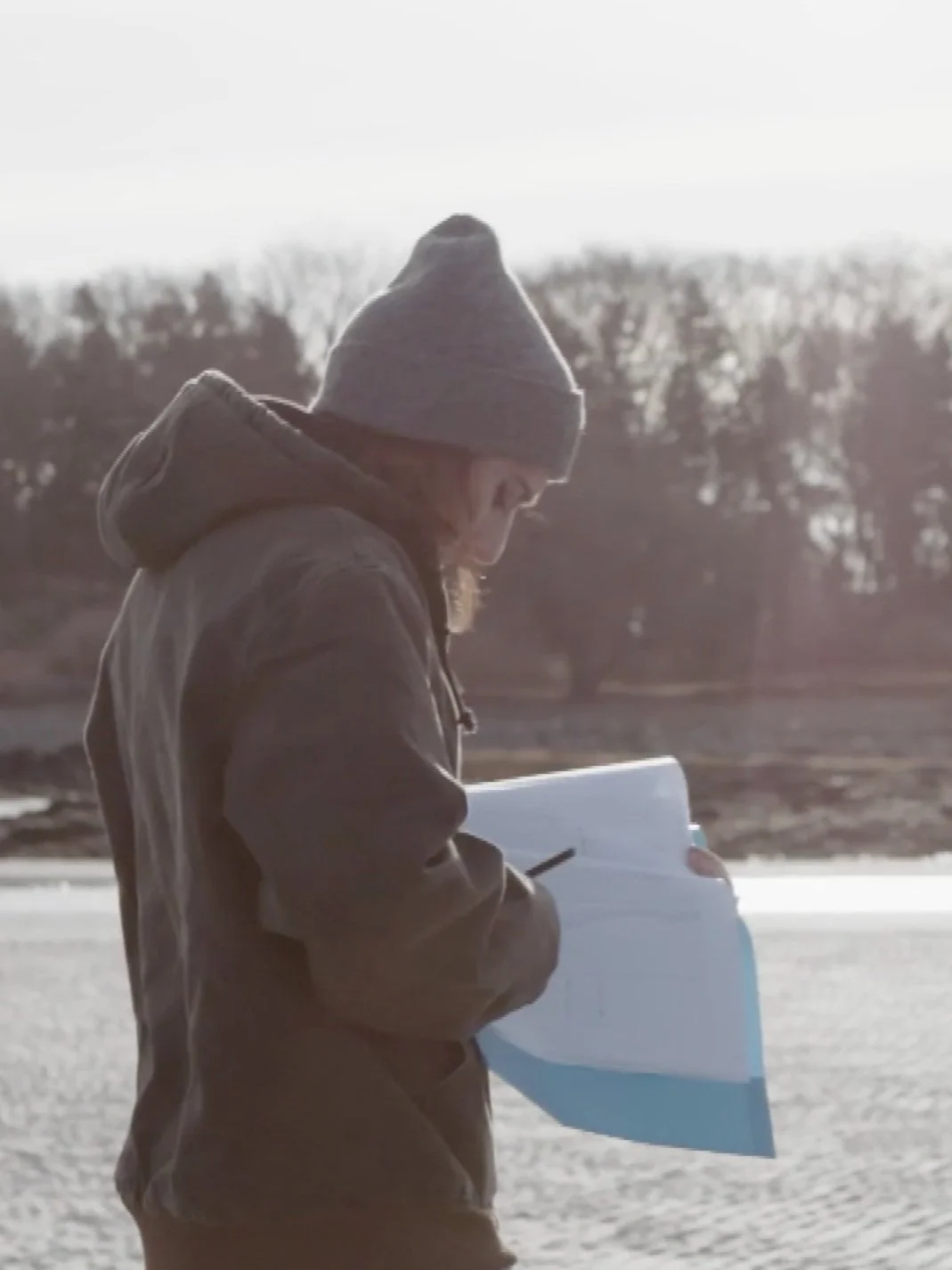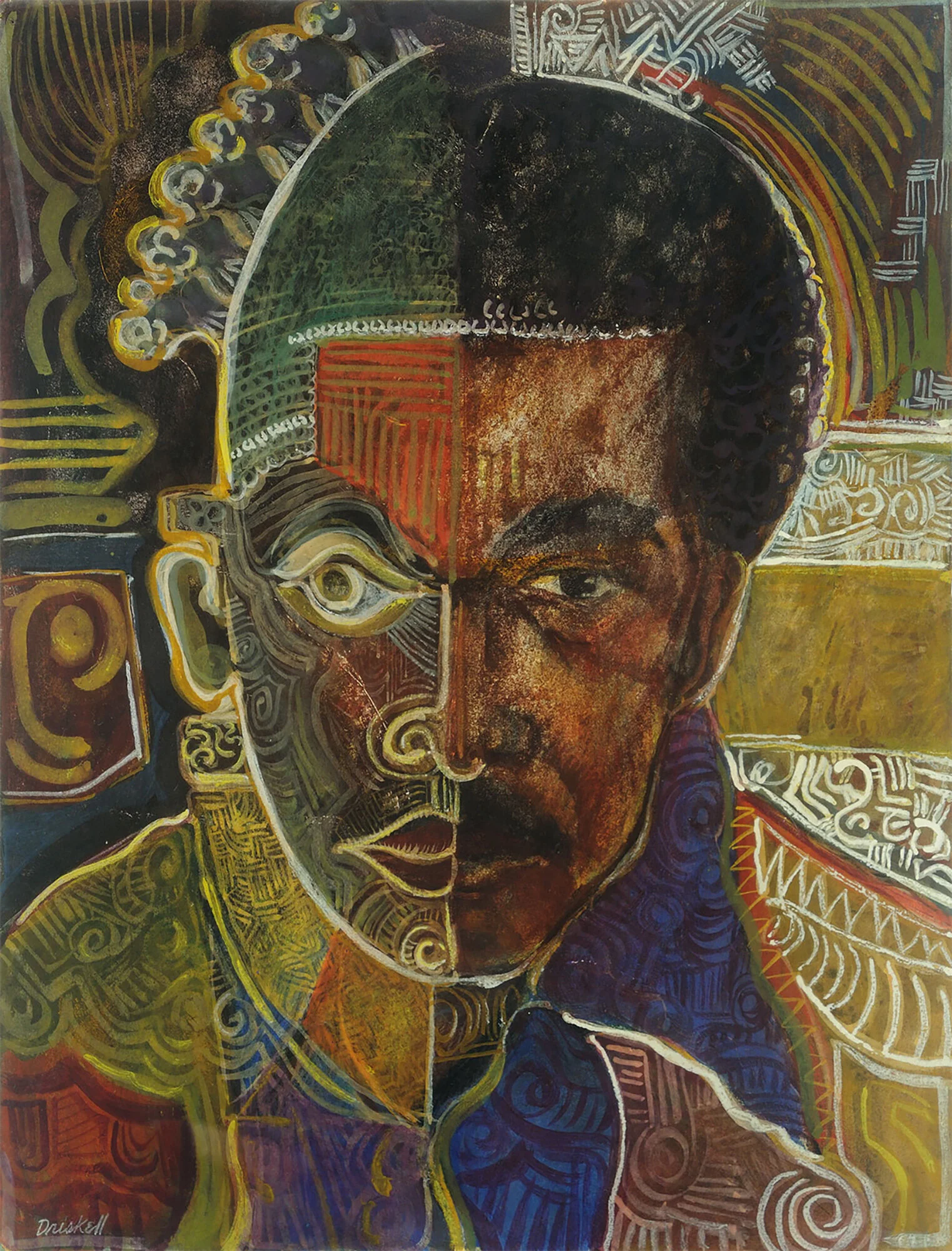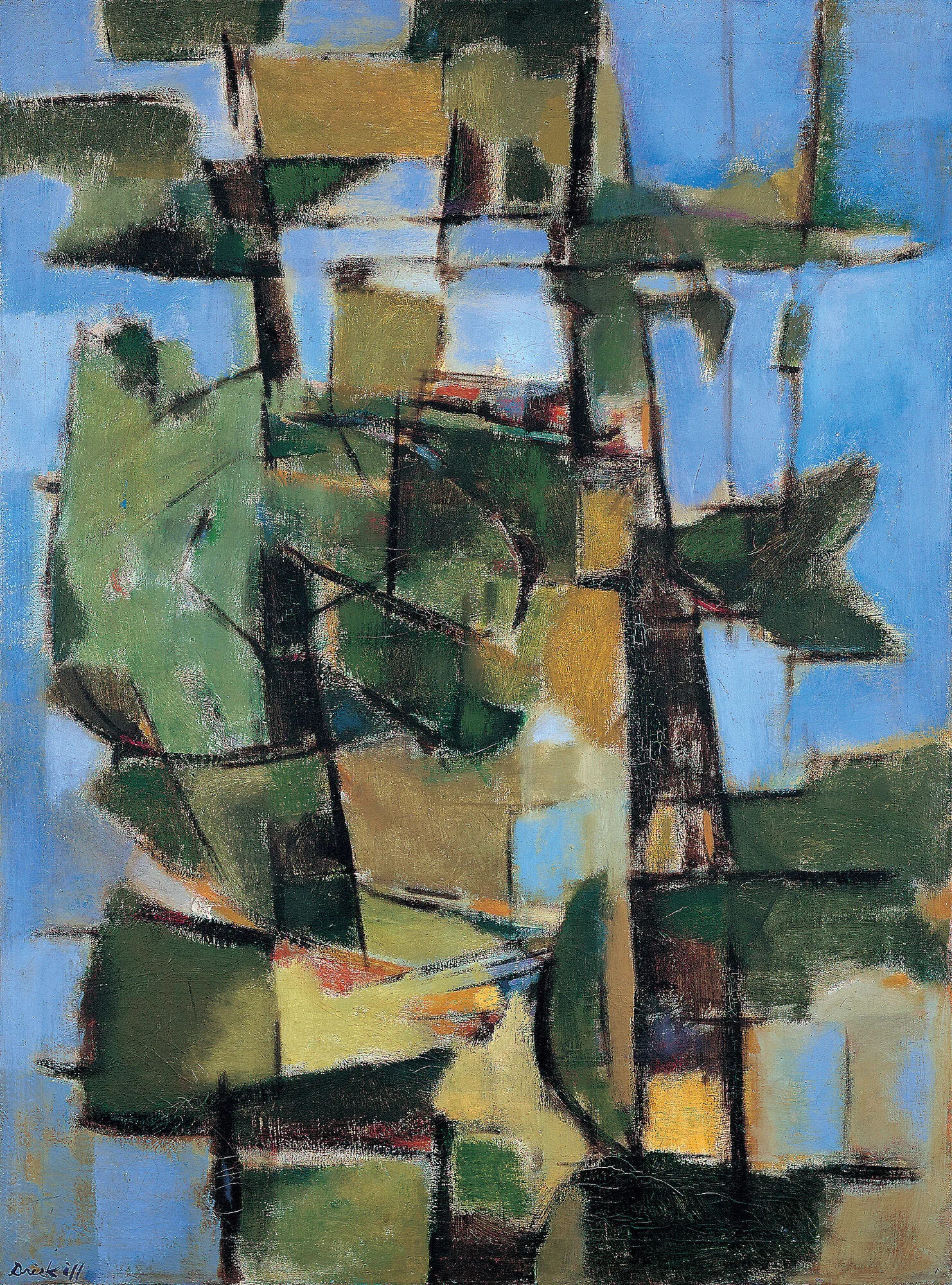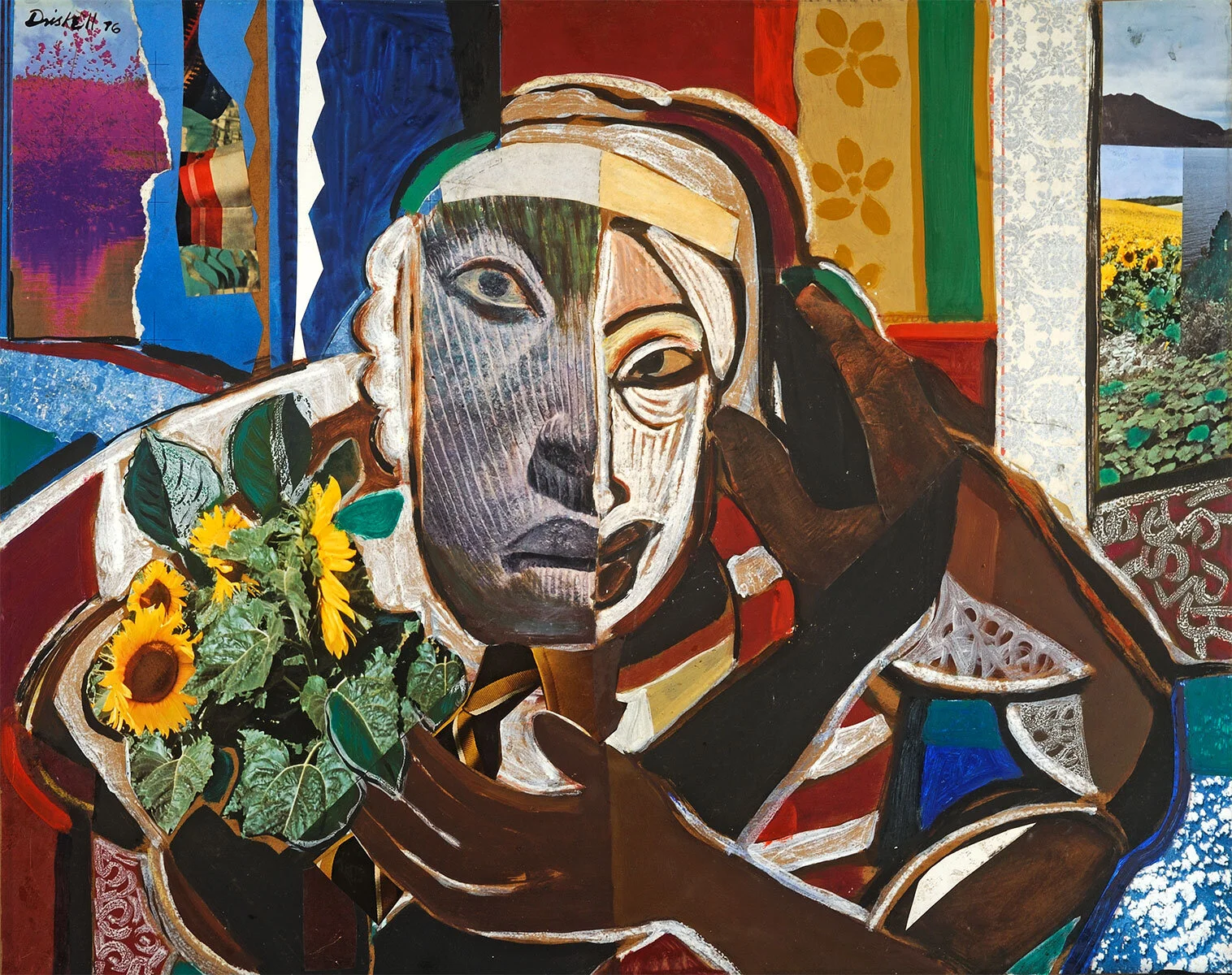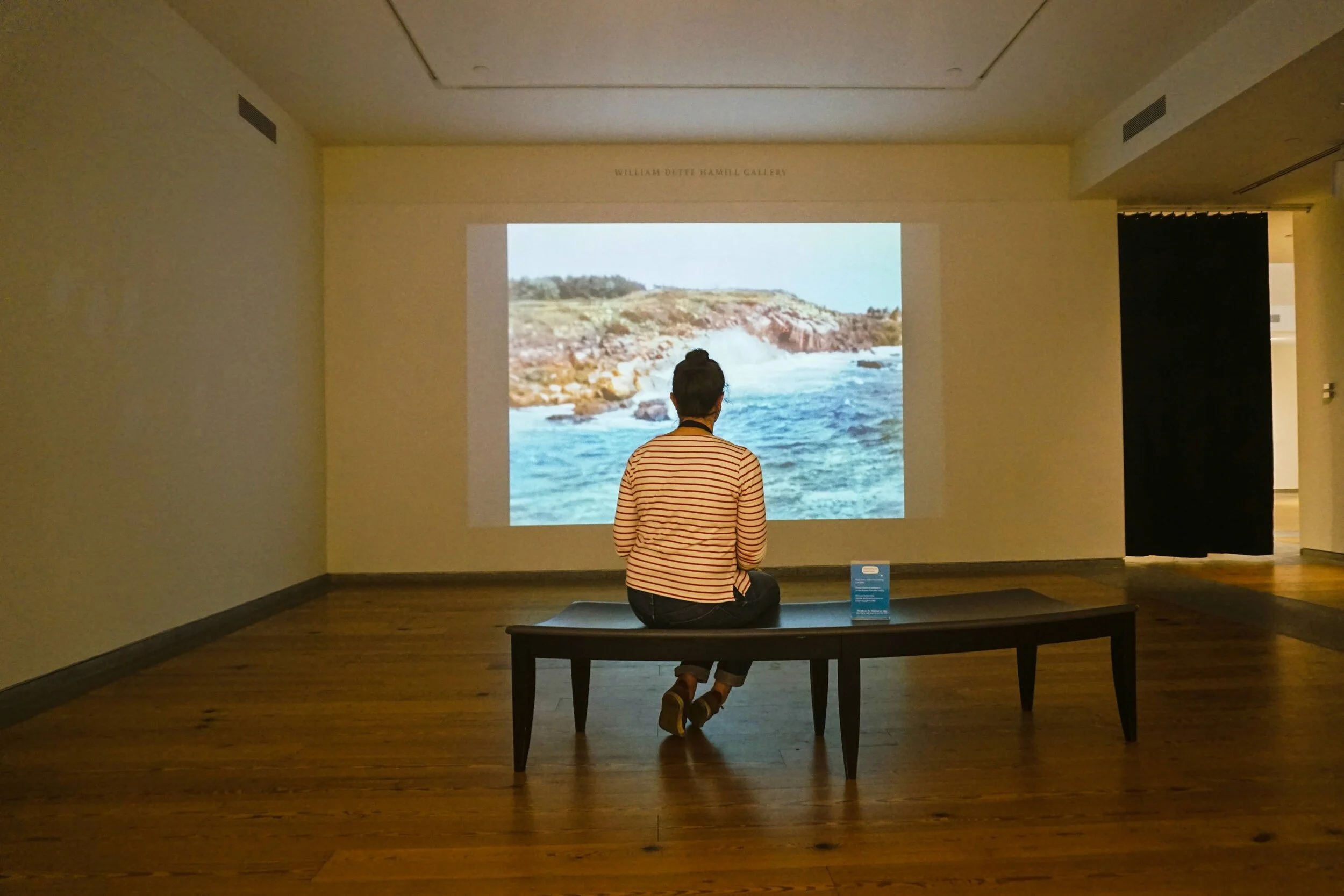Thick froth at a wave’s lip dissembles into airborne droplets, each one bizarrely crisp; heavy, cascading walls of water appear as though carved with ridges, flash-frozen in place. They’re so real as to be unreal, which, I think is the point.
Read MoreWe can’t help but wonder what happened the second after Ross snapped these images. Was he engulfed by the waves? Knocked down and pulled into the violent surf?. . . All this points to the extraordinarily visceral quality of these wave images.
Read More“The best thing we can do is empower young people so they can make change. Art brings people together, and artists are really good about envisioning the future but also really good at seeing the moment in a way that we don’t see for a few years.” —Mark Bessire, Judy and Leonard Lauder Director
Read MoreThe museum is hosting three exhibitions that directly reflect their subjects: Clifford Ross: Sightlines, Walker Evans American Photographs and Richard Estes: Urban Landscapes,… But the brilliance of all this work is that it allows the viewer room for interpretation. There is no mistaking what these images are. What they mean is the mystery and reward of experiencing art in person.
Read MoreA reprise of the 1938 exhibition at the Museum of Modern Art that helped elevate Evans from documentarian to artist, “American Photographs” comes with a pedigree; but even without it, the show would be an uncommon draw. It could just as easily have been called “People Love Walker Evans, So Here Are Some Walker Evans Pictures,” and it would be just as true.
Read MoreWith the breadth of reference that enters smoothly and easily into his work, Driskell proves himself to be a one-of-a-kind artist — a scholar painter full of love and verve. Surely that is deserving of a museum’s attention. We ought to own up to the fact that it is long overdue.' This exhibition goes a long way toward making up for lost time.
Read More[David Driskell’s] art is quite challenging to categorize due to its diversity, but what remains constant in his work is the artist’s commitment to a symbolic form that elevates the spirit and the mind above that existing in the physical world.
Read MoreThis 1863 picture by Winslow Homer, thought to be his earliest completed effort in oil paints, marks a turning point in modern warfare. For all its plain-spoken simplicity, it is one of the most morally anguished, ominously charged paintings I know.
Read MoreThat is perhaps one of the most striking things about the narrative of this show: it’s organized in a way that visitors can see how the pivotal moments in Driskell’s career were taking place at the same time as he was also having a significant impact on the next generation of artists.
Read More"He gave so much time to engaging with people here. He established deep roots and connections. But he’s also an artist who brought Maine to a wider national and international conversation.” —PMA Chief Curator Shalini Le Gall in Down East Magazine
Read MoreIt’s a show you can return to often to discover new layers of this great artist’s soul. That is what makes Driskell such an original. No matter what genres or references his staggering mind and open heart are effortlessly synthesizing at any moment, the personalness of his work makes him feel intimately near and utterly one-of-a-kind.
Read MoreCould anyone produce a body of work to rival a transformative agenda that changed the course of racial politics in American culture? Probably not. But can we see Driskell’s own art through those priorities, and understand that he walked as well as he talked? Yes, we can.
Read MoreWith nearly sixty paintings and works on paper, the exhibition reveals the remarkable ways in which Driskell’s art refracts the broader cultural and political concerns of Black Americans during the second half of the twentieth century, from the Civil Rights movement to the aesthetics of Pan-Africanism and the Black Arts Movement, to the continuing influence of the Bible and the Black church.
Read MoreThis exhibition gives people a chance to appreciate Driskell’s personal artistic expression, and comes at a time when the community, country and world reflect on equity, representation and race.
Read MoreEspecially after the Black Lives Matter protests this summer, this is exactly what museums should be doing: educating, filling in the historical blanks, recontextualizing, sparking curiosity and conversation.
Read MoreThe Portland Museum of Art has received a grant for $10,000 from the Avangrid Foundation to support Art for All, the PMA’s guiding principle and commitment to Diversity, Equity, Accessibility, and Inclusion (DEAI).The grant marks the second consecutive year that the Avangrid Foundation has provided support to the PMA.
Read MoreThe $15,000 grant from the Maine Arts Commission is unrestricted, which means that the museum may allocate it where it will make the most impact. Unrestricted grants and gifts are great ways to ensure that the PMA has the resources it needs to sustainably grow for years to come, and we’re grateful to the Maine Arts Commission for realizing the impact of their support.
Read More“All museums are putting a spotlight on their collecting practices and making sure they are being equitable across the board,” DeSimone said. “This is a concentrated effort to bring works of art by women into the collection.”
Read MoreThe $300,000 grant is one of the 224 humanities projects across the country funded under NEH’s “A More Perfect Union” initiative, which supports efforts that promote a deeper understanding of U.S. history and culture and that advance civics education in preparation for the nation’s 250th anniversary in 2026.
Read More“Everyone was masked and happy; one group, a mother and three grade-schooler girls, were positively giddy. I later crossed paths with them inside, where they excitedly chattered about a Thomas Cole painting, and then a small Fitz Hugh Lane. “Woooowww — that’s so cool!” one of the girls crowed, looking at the luminous haze Lane cast above one of his harbor scenes. Inside of me, something bloomed. God, I missed this.”
Read More


